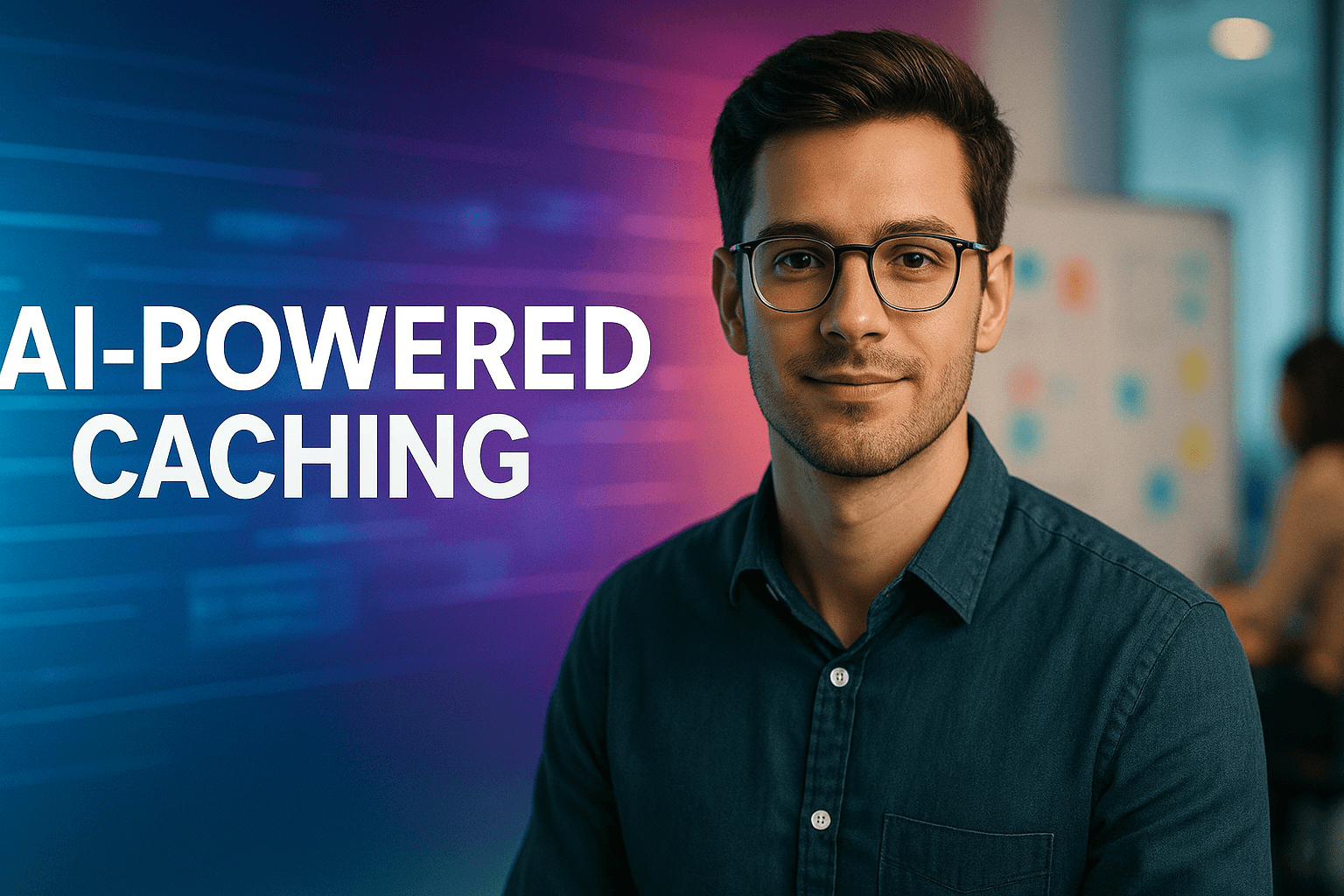
Table of Contents
Introduction
Website performance is a cornerstone of user engagement and search engine optimization. While Headless CMS systems are celebrated for their flexibility and scalability, they often face challenges in delivering dynamic content efficiently. These performance issues, such as latency and server strain, can compromise user experience and page load times.
Caching strategies offer a solution by minimizing server load, reducing latency, and ensuring faster delivery of content. Modern platforms like Orbitype take this further by integrating AI agents that intelligently manage caching processes, automatically optimizing performance based on real-time data and usage patterns.
In this blog, we'll explore the most effective caching strategies for Headless CMS-driven websites and how AI-powered automation can enhance performance while reducing server load and manual oversight.
Why Caching Matters for Headless CMS Websites
Caching is the process of storing copies of files or data to reduce the need for repeated fetching from the source. For Headless CMS-driven websites, which rely on APIs to deliver content dynamically, caching plays a crucial role in improving speed and minimizing latency.
Without proper caching, dynamic content fetching can lead to:
Increased API Calls: Every page request may result in multiple API calls, slowing down response times.
Higher Latency: Delays in fetching real-time data from the backend.
Server Overload: Higher traffic volumes can strain the server, causing performance bottlenecks.
Key Benefits of Caching for Headless CMS Websites
Faster Load Times: Cached content is served instantly without waiting for backend processing.
Reduced Server Workload: Decreases the number of API requests, conserving server resources.
Enhanced User Experience: Faster pages lead to higher engagement and lower bounce rates.
Better SEO Rankings: Page speed is a ranking factor for search engines, and caching directly impacts it.
Modern AI agents can further optimize these benefits by automatically monitoring cache performance, predicting content popularity, and preemptively caching high-demand resources. This intelligent approach ensures optimal cache utilization without manual intervention.
Types of Caching for Headless CMS Websites
Caching for Headless CMS websites involves several methods, each designed to optimize different aspects of performance and speed. Below, we explore the most effective strategies, highlighting their benefits and implementation tips.
Browser Caching: This strategy stores static assets such as CSS, JavaScript, and images on a user's device. By retrieving these files locally during subsequent visits, websites load faster and reduce bandwidth usage. Setting proper cache-control headers ensures these assets remain updated without frequent downloads.
Content Delivery Network (CDN) Caching: CDN caching distributes website content across globally located servers, reducing latency by bringing data closer to the end user. This is particularly effective for static assets like images and videos and frequently accessed API responses. Platforms like Cloudflare and Fastly simplify this process with configurable caching options.
Server-Side Caching: Pre-processed content stored on the server allows faster delivery of subsequent requests. Object caching (storing database query results) and page caching (saving fully rendered pages) reduce backend workload, making this strategy essential during high-traffic periods. Tools like Redis and Memcached are commonly used for implementation.
API Response Caching: Frequent API calls to fetch data can strain the backend. Caching API responses ensures faster delivery of dynamic content while minimizing repeated requests. For example, tools like Apollo Client or Varnish allow you to store and manage cached responses effectively, improving performance for content-heavy websites.
Edge Caching: Edge caching stores content on servers geographically closest to users, significantly reducing latency. Platforms like Vercel and Netlify make this approach seamless by combining edge caching with dynamic functionality, ensuring global users experience minimal delays.
AI agents can intelligently manage these caching layers by analyzing traffic patterns, predicting content demand, and automatically adjusting cache strategies based on real-time performance metrics.
AI-Powered Caching Optimization with Orbitype
Orbitype's Agentic Cloud OS revolutionizes caching strategies by deploying intelligent AI agents that autonomously manage and optimize caching processes. Unlike traditional static caching rules, these AI agents continuously analyze usage patterns, predict content demand, and dynamically adjust caching strategies for optimal performance.
Intelligent Cache Management: AI agents within Orbitype monitor real-time traffic patterns and automatically identify which content should be cached, when to invalidate cache entries, and how to distribute cached content across different layers. This autonomous decision-making eliminates the guesswork from cache configuration and ensures optimal resource utilization.
Predictive Content Caching: By analyzing historical data and user behavior patterns, Orbitype's AI agents can predict which content will be in high demand and preemptively cache it across CDN networks. This proactive approach significantly reduces initial load times for popular content and prevents server overload during traffic spikes.
Automated Cache Invalidation: One of the biggest challenges in caching is knowing when to invalidate cached content. Orbitype's AI agents automatically detect content changes, analyze their impact, and selectively invalidate only the affected cache entries. This intelligent invalidation prevents serving stale content while maintaining cache efficiency.
Dynamic Performance Optimization: The platform's AI workforce continuously monitors cache hit rates, response times, and server load, automatically adjusting caching parameters to maintain optimal performance. When performance metrics indicate potential issues, AI agents can redistribute cached content, adjust TTL values, or implement alternative caching strategies without human intervention.
This intelligent approach to caching management transforms Orbitype from a simple Headless CMS into a comprehensive performance optimization platform that adapts to changing conditions and requirements.
Best Practices for Caching in Headless CMS Websites
To get the most out of caching, follow these best practices:
Define Cache Lifetimes: Determine appropriate expiration times for different content types. Frequently updated content should have shorter cache durations.
Invalidate Cache Strategically: Ensure that changes in the CMS trigger cache invalidation only for affected content. This prevents stale content from being served.
Use Stale-While-Revalidate: Serve cached content while fetching the latest version in the background to balance performance and freshness.
Prioritize Key Assets: Focus on caching large assets like images and videos, as they have the most significant impact on performance.
Monitor and Optimize: Use tools like WebPageTest, Lighthouse, or GTmetrix to evaluate caching performance and make improvements as needed.
AI-Enhanced Best Practices: Modern platforms like Orbitype extend these traditional practices with AI-driven optimizations. AI agents can automatically adjust cache lifetimes based on content popularity, implement intelligent cache warming strategies, and provide predictive analytics to anticipate caching needs before performance issues arise.
Workflow Automation: Implement automated workflows that trigger cache optimization tasks based on specific events, such as content updates, traffic spikes, or performance degradation. This ensures consistent performance without manual intervention.
Improving Core Web Vitals is essential for performance and SEO. Check out 10 Tips for Optimizing Core Web Vitals in Headless CMS Websites for actionable strategies.
Tools and Platforms for Optimized Caching
Implementing caching strategies often requires the right tools and platforms. Here are some recommendations:
CDN Providers: Cloudflare, Akamai, Fastly.
Server-Side Caching Tools: Redis, Memcached.
Edge Caching Platforms: Vercel, Netlify, AWS CloudFront.
Monitoring Tools: Lighthouse, WebPageTest, GTmetrix.
Orbitype's Integrated Approach: While traditional tools require separate configuration and management, Orbitype's Agentic Cloud OS provides an integrated solution that combines the benefits of multiple caching approaches. The platform's AI agents can automatically configure and manage CDN settings, optimize server-side caching, and coordinate edge caching strategies based on real-time performance data.
Automated Tool Integration: Orbitype's AI workforce can seamlessly integrate with existing caching tools and platforms, automatically configuring optimal settings and managing cache policies across multiple services. This eliminates the complexity of managing disparate caching solutions while ensuring optimal performance across all layers.
Performance Analytics Integration: The platform automatically integrates with monitoring tools to provide comprehensive performance insights, enabling AI agents to make data-driven decisions about caching optimizations and automatically implement improvements based on performance metrics.
Real-World Implementation: Orbitype Success Stories
Organizations implementing Orbitype's AI-powered caching solutions have achieved remarkable performance improvements and operational efficiencies. Here are concrete examples of how intelligent caching automation delivers measurable business value.
E-Commerce Platform Optimization: A mid-sized e-commerce company using Orbitype's Agentic Cloud OS saw a 65% reduction in page load times during peak shopping periods. The AI agents automatically identified high-demand product pages, implemented predictive caching for seasonal items, and dynamically adjusted cache strategies based on inventory changes. This resulted in a 23% increase in conversion rates and significantly reduced server costs.
Content Publishing Workflow: A digital media company leveraged Orbitype's AI workforce to automate their entire content caching workflow. AI agents automatically detect new article publications, analyze content popularity patterns, and implement intelligent cache warming across global CDN networks. The automated system reduced content delivery latency by 45% while eliminating manual cache management tasks that previously required 15 hours per week.
Multi-Site Corporate Management: An enterprise with multiple regional websites implemented Orbitype's intelligent caching system to manage performance across different markets. AI agents automatically optimize caching strategies for each region based on local traffic patterns, content preferences, and infrastructure conditions. This approach improved global site performance by 40% while reducing management overhead by 60%.
These implementations demonstrate how AI-powered caching goes beyond traditional performance optimization to deliver autonomous, adaptive solutions that continuously improve without human intervention.
Conclusion
Caching is an indispensable part of optimizing Headless CMS-driven websites. By reducing API calls, speeding up data delivery, and enhancing user experience, caching strategies ensure that websites remain fast, reliable, and scalable. From browser and CDN caching to server-side and edge caching, each strategy offers unique benefits that contribute to overall performance.
The integration of AI agents and workflow automation represents the next evolution in caching optimization. Platforms like Orbitype make it easy to implement these caching strategies while delivering dynamic content seamlessly. The platform's Agentic Cloud OS goes beyond traditional caching by providing intelligent, autonomous optimization that adapts to changing conditions and requirements.
Whether you're running a blog, e-commerce site, or enterprise platform, the combination of proven caching strategies and AI-powered automation can make all the difference in achieving optimal performance and user satisfaction.

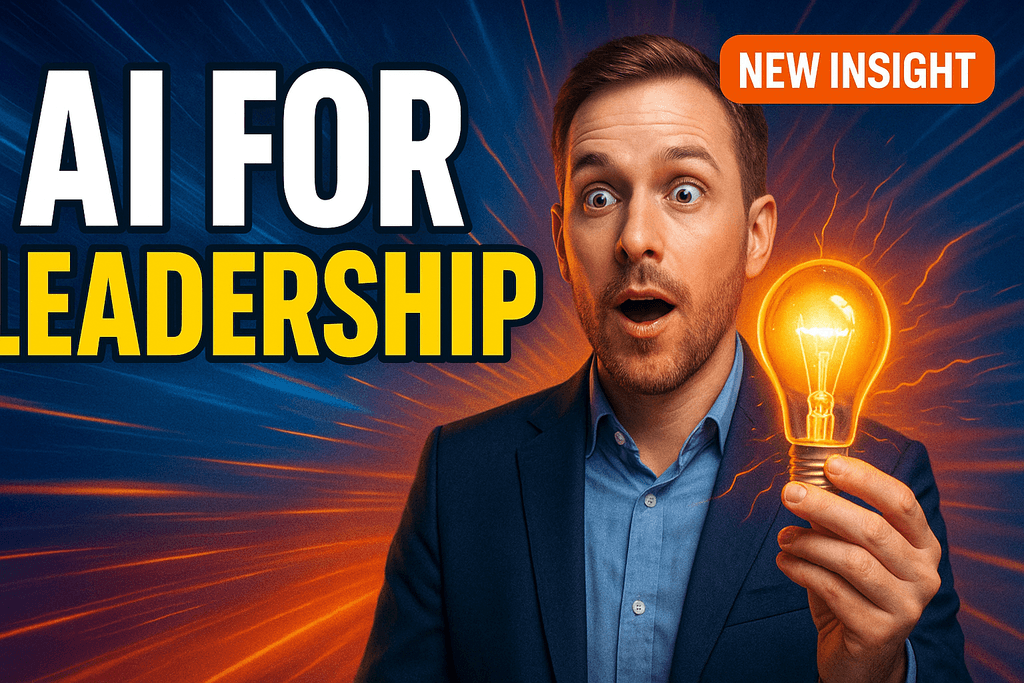

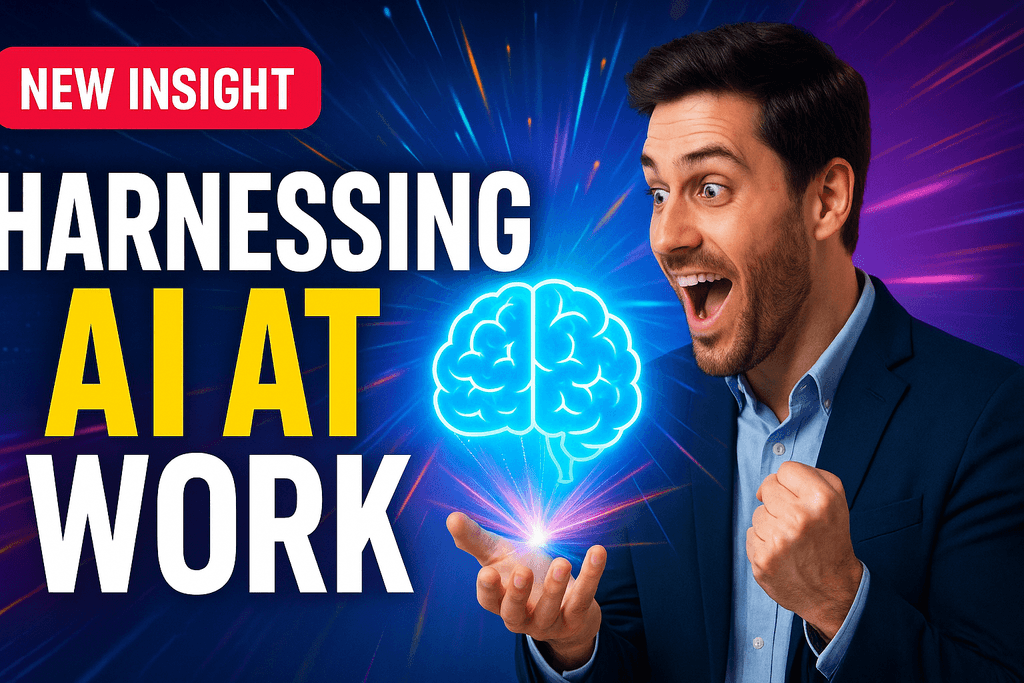
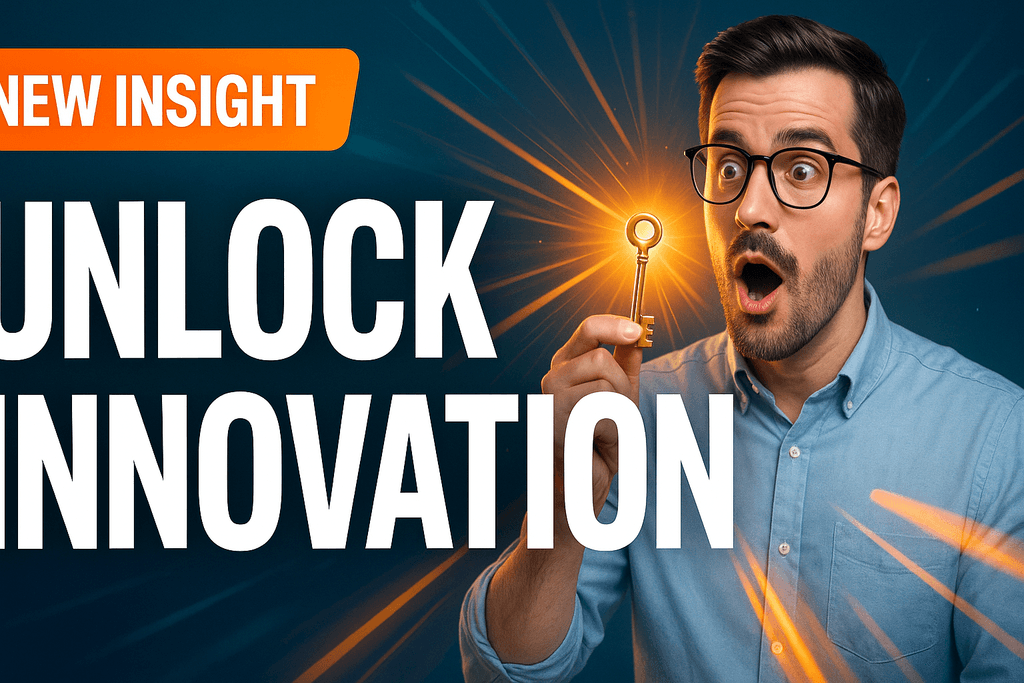
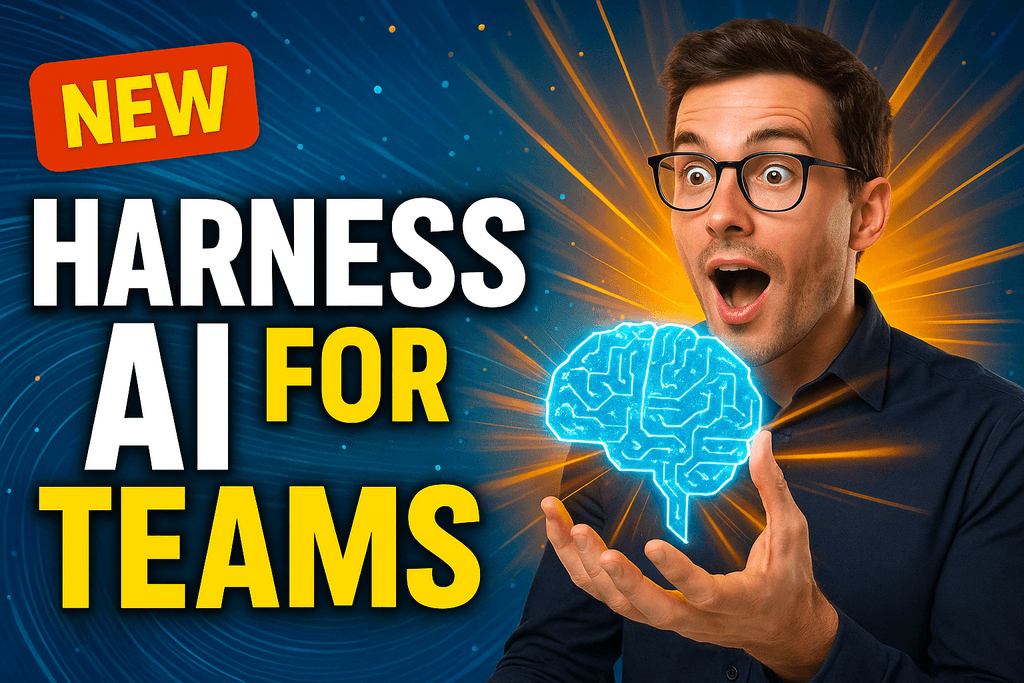
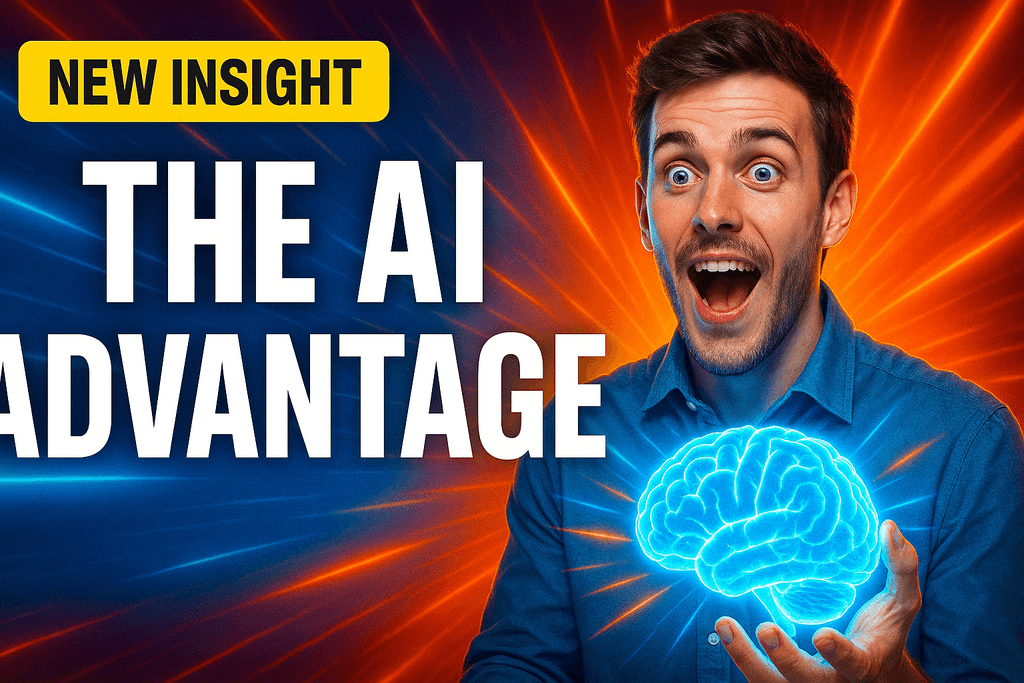

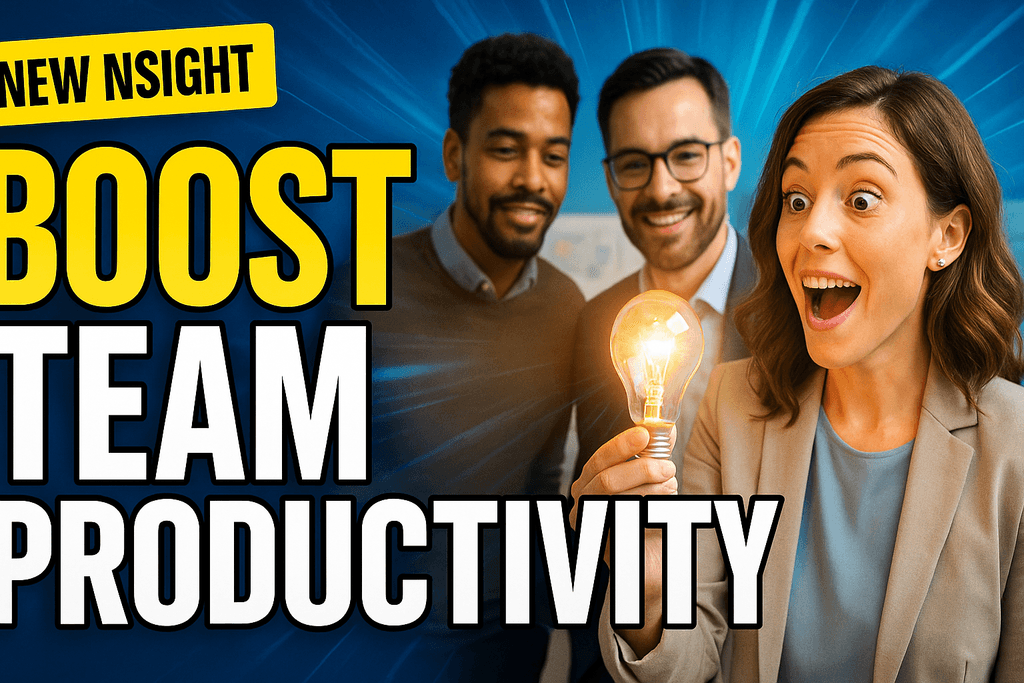












.png&w=1024&q=80)

